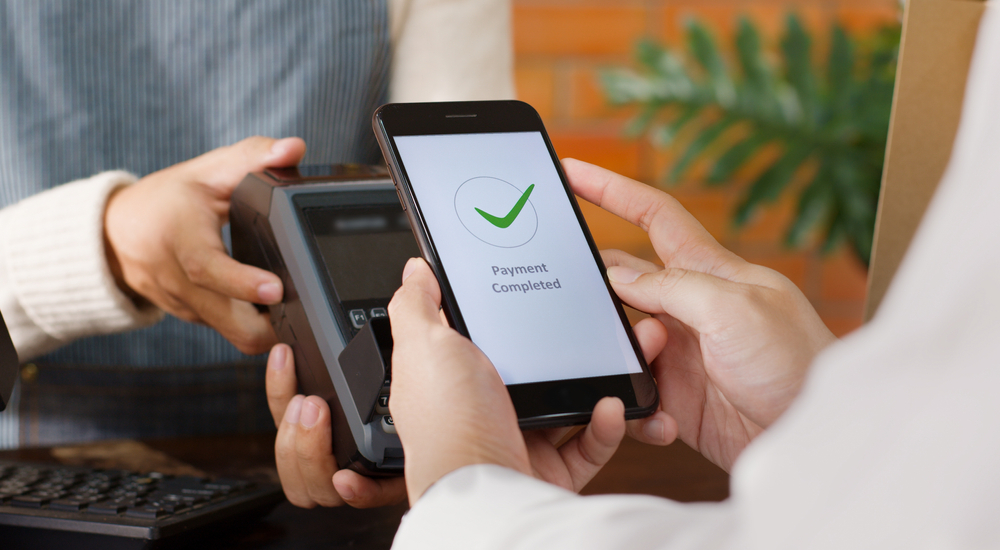Running a successful business is harder than it looks. Companies need to stay up to date with new technology and trends to succeed.
You can’t afford to run a business without having an online presence these days. This means that you also have to be able to accept payments from customers online. According to the Census Bureau, 14.6% of all sales take place online.
The fast emergence and evolution of online payments have significantly changed how we conduct business. The rise of digital payments was accelerated mainly by the pandemic. Today, over two-thirds of all adults around the world make or receive payments using online payment methods.
To address the challenges, financial institutions need to step up their efforts in developing and providing innovative payment solutions. They need to set up a variety of new payment methods that can meet the needs of their consumers and prevent them from being exploited by hackers.
What Exactly Are Online Payments?
In the simplest terms, online payments are made through different forms of electronic media. These include online bank transfers, e-checks, wire transfers, and mobile wallets. Google Pay and Apple Pay are the most popular online payment platforms. These are all great cashless payment options that can benefit your business.
Why Is it Important to Streamline Your Transactions?
Several factors should compel financial institutions to prioritize online payment transactions in the future, including the following:
Also Read
- The emergence of online payment options has become a vital component of the banking industry’s efforts to meet the needs of its consumers. According to a recent report, more than 50% of consumers prefer to use contactless online payment methods. Also, when it comes to choosing a financial institution, flexible payment options are considered to be a top factor that consumers consider when making a purchase.
- Many consumers do most of their banking through various online channels. They increasingly include creating new accounts online or on a device. In a survey, it is revealed that over two-thirds of respondents prefer to bank digitally. This preference was highest among millennials, followed by Gen Z and then Gen X.
- The cost of fraud has always been a concern for banks, as it can affect their revenue and reputation. However, the issue is getting worse as more transactions are carried out online, which makes it easier for hackers to access and steal from credit and debit cards.
Benefits of Using Online Payment Methods
Compared to traditional ways of payment like checks and cash, online payments are more secure and efficient. They can also provide different benefits to both the consumer and the issuer.
- ● Flexibility to Manage
Using an online payment solution, the issuer can now put more stringent restrictions on the card’s usage. It can also give the owner of the card the flexibility to manage these restrictions through different kinds of online and mobile banking platforms.
- ● Eliminates the Risks of Fraud
An online payment solution enables users to easily manage their digital cards by giving them a single point of control and allowing them to tokenize their cards. This eliminates the risk of fraud and reduces the number of times it takes to manage and obtain their credentials. It also provides a variety of security measures, such as high-assurance methods and tokenization.
- ● Ability to Track Transactions
The ability to see and track all of a card’s transactions in real time makes it easier for issuers and card users to prevent hackers. It also helps in improving the efficiency of their investigations.
Online Payment Methods: How Does it Work?
- An online payment solution generally consists of five elements. The first one is the customer’s bank account. This ensures that the funds are available for the transaction.
- A mobile wallet is necessary for a person to use Google Pay or Apple Pay. There’s also an NFC issuer wallet that enables one to make payments using their bank app. This eliminates a third-party wallet’s need to be present.
- A business store must have a payment processing system that accepts online payments, such as a POS system.
Final Thoughts
The emergence of buy-now-pay-later (BNPL) features and online wallets is forcing banks to rethink their approach to payment options. You can read more about these features in this Investopedia article. While they may not be ideal for every transaction, issuers will be left behind if they don’t embrace this trend.
The concept of the online payment system is fundamental. It allows issuers to set up and implement different features and technologies that can help them enhance the value and performance of their digital cards. As they build their offerings, they also need to look to include a variety of components and capabilities.
